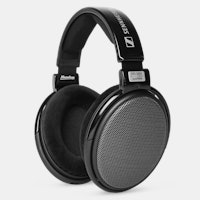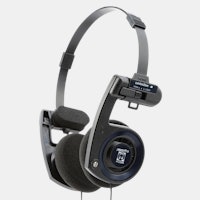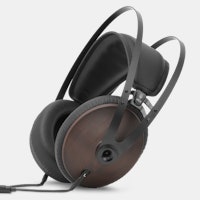Click to view our Accessibility Statement or contact us with accessibility-related questions





PRODUCTS YOU MAY LIKE
Trending Posts in Audiophile
magica
What lead/cable do i need?
i own a Drop + EPOS PC38X Gaming Headset and i need a new cable that connects the headset to the computer. i dont know what its called and i cant work out what to look for on amazon etc. could someone please help me with this
Dec 21, 2024

MrChiSox
New addition to the stable.
I made the decision to take advantage of the $600. price on the HiFiMan Arya Stealth, here pictured with the Meze 109 Pro. I think 2025 is going to be a really uneventful year so far as new purchases. I've also upgraded my Fiio BTR7 to the newly released BTR17 and I purchased the Earmen stack which consists of Amplifier, Linear PS, DAC & Streamer.
Dec 19, 2024

RNT47
Until when will the Sennheiser 58X and 6XX will be at discount price?
I'm planning on buying either one on the 18th and i'm worried i'll miss the discounted prices
Dec 16, 2024
MusicLvr
Drop x Campfire Audio Darkstar Review
The Darkstar definitely has a a unique sound that has an audiophile sub-bass bias. It is a balanced sound with open sounding mids and well extended treble. There is no mid-bass bloat thanks to...
Dec 4, 2024
bill.davies
BMR2 discounts for BMR1 owners
How about providing a BMR2 discount for BMR1 owners? Most of the "improvements" in the next gen should really have been there in the first which was a pretty big disappointment for most of us. UPDATE: 40% discount offered. That's great, I'm in. Thank you DROP.
Dec 3, 2024
drPOGI
DROP BMR1 Broken?
Can anyone help me with this? Went away for dinner and came back home to my speakers making this static sound(Video Link). Its like this both in Line In and Bluetooth mode. These speakers were super super hot but I was told that it was normal for it to be this way. Sucks that literally I am just about two months out of the 1 year warranty :/ If anyone can help me that'd be great.
Dec 3, 2024













It's worth knowing that most people who buy the O2 usually continue on to purchase other amplifiers because while it's great to have a flat reference while you're getting started, as you go further down the rabbit hole, you'll probably want other amps because they have different sonic characteristics.
When I'm explaining these things, I usually tell people to think about headphone audio as a three part equation. Source + Amp + Headphones = Sound. By using an O2, you basically take the amp out of the equation, letting you more easily compare headphones and sources (something most people want to do getting started).
Over time listening to several headphones and IEMs with the D1, I don't feel as if I couldn't trust the D1 to be transparent. There's a general rule that the impedance of the headphone should be at least 8 times that of the output impedance of the amp driving it. Any less and there may not be enough electrical damping for controlling the headphone. The output impedance of the D1 is 10 Ohms, which means my headphones/IEMs with impedance of 16-50 Ohm are probably being colored by the D1.
I don't know how significant the effect is, so this is why I am so interested in getting the O2. Or in other words, it's just my lame excuse to buy another toy.
If you're interested in learning more, I highly recommend reading NwAvGuy's blog post regard headphone and amp impedance here: http://nwavguy.blogspot.com/2011/02/headphone-amp-impedance.html